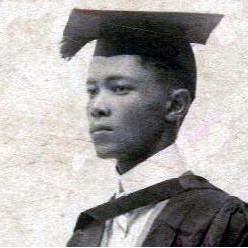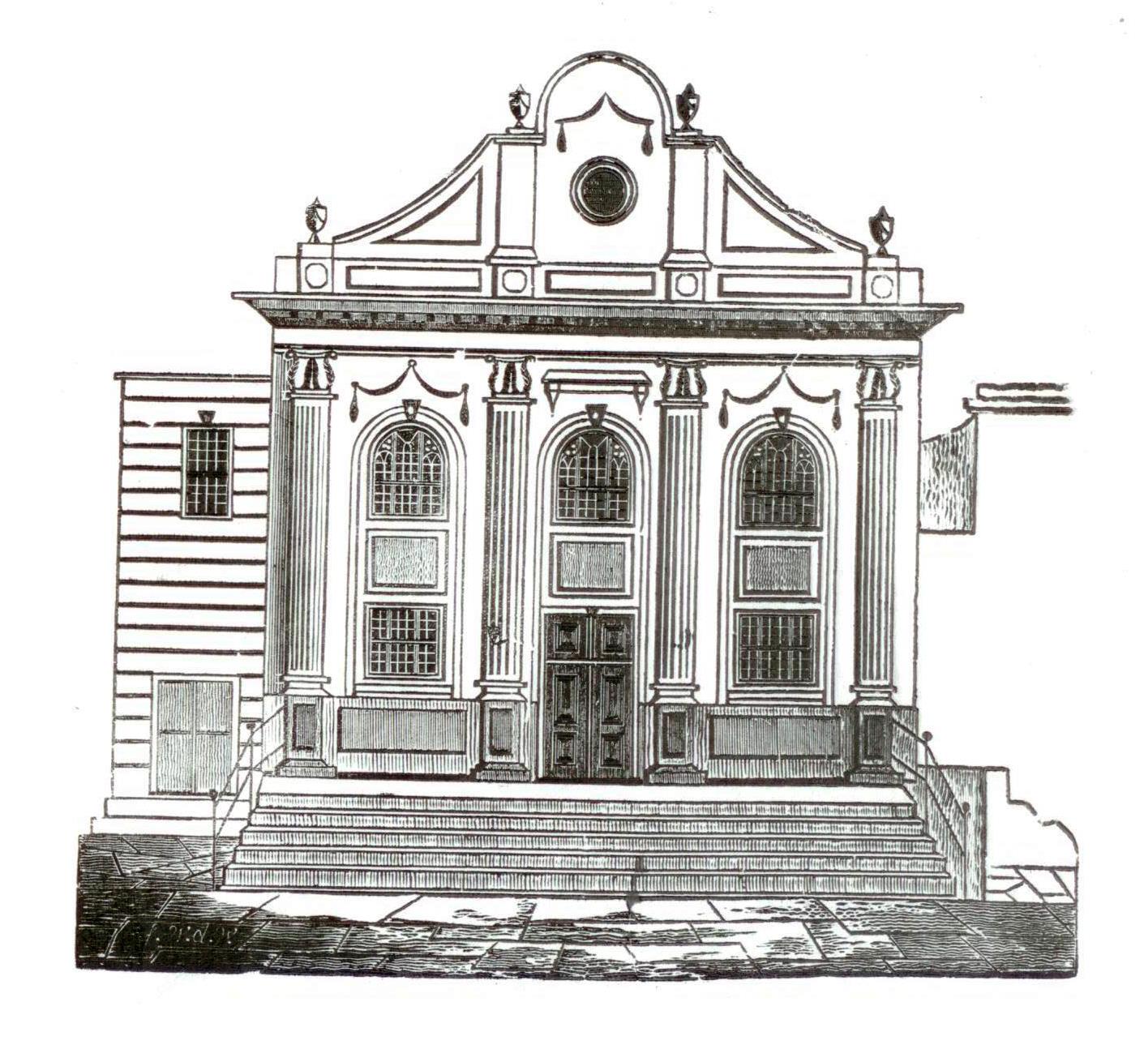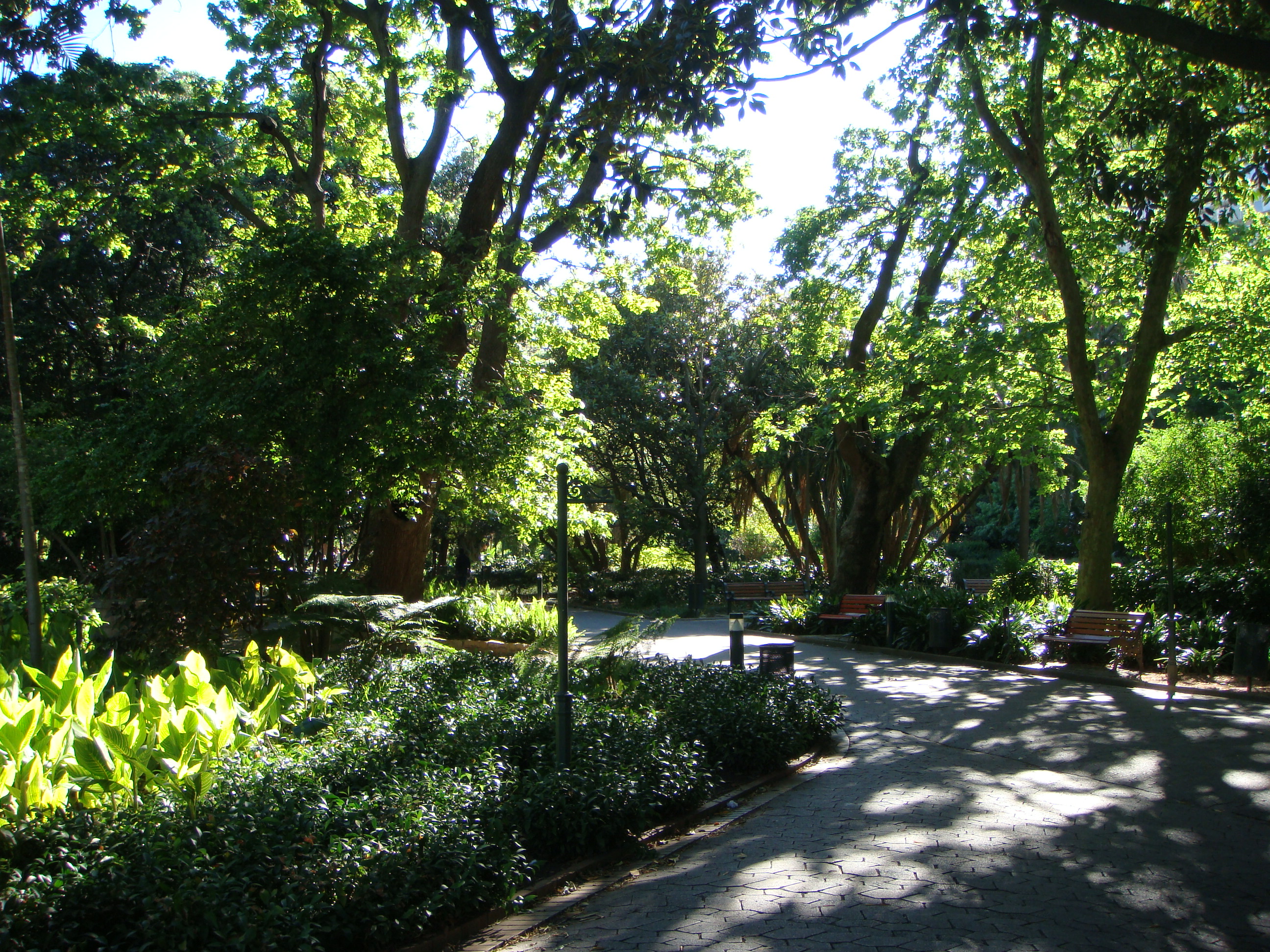|
List Of Heritage Sites In Cape Town CBD, The Waterfront, And The Bo-Kaap
This is a list of the heritage sites in Cape Town's CBD, the Waterfront, and the Bo-Kaap as recognized by the South African Heritage Resources Agency. For additional provincial heritage sites declared by Heritage Western Cape, the provincial heritage resources authority of the Western Cape Province of South Africa, please see the entries at the end of the list. These sites have been declared subsequent to the implementation of the new legislation on 1 April 2000 and unlike those in the SAHRA portion of the list are not former national monuments declared by the former National Monuments Council, the predecessor of both SAHRA and Heritage Western Cape. In the instance of these sites the "identifier" code used is that of Heritage Western Cape rather than SAHRA. ... [...More Info...] [...Related Items...] OR: [Wikipedia] [Google] [Baidu] |
Cape Town
Cape Town ( af, Kaapstad; , xh, iKapa) is one of South Africa's three capital cities, serving as the seat of the Parliament of South Africa. It is the legislative capital of the country, the oldest city in the country, and the second largest (after Johannesburg). Colloquially named the ''Mother City'', it is the largest city of the Western Cape province, and is managed by the City of Cape Town metropolitan municipality. The other two capitals are Pretoria, the executive capital, located in Gauteng, where the Presidency is based, and Bloemfontein, the judicial capital in the Free State, where the Supreme Court of Appeal is located. Cape Town is ranked as a Beta world city by the Globalization and World Cities Research Network. The city is known for its harbour, for its natural setting in the Cape Floristic Region, and for landmarks such as Table Mountain and Cape Point. Cape Town is home to 66% of the Western Cape's population. In 2014, Cape Town was named the best place ... [...More Info...] [...Related Items...] OR: [Wikipedia] [Google] [Baidu] |
Anton Anreith
Anton Anreith (; June 11, 1754 – March 4, 1822) Ancestry24.com was a sculptor and woodcarver from Riegel near in , , . He is known for numerous sculptural embellishments that adorn buildings in the Cape region of |
Harold Cressy High School
Harold Cressy High School is a secondary school in District Six of Cape Town in South Africa. It was founded in January 1951 as the Cape Town Secondary School. The school has played a substantial role in South African history during the apartheid period and the building is identified as an important landmark. History The school's site has a long association with education. In 1934 the Jewish community built Hope Lodge Primary School on this site. Later the first tertiary education facility for coloured students was established here. It was called the Hewat Training College and it was still training teachers here in 1961; but it has since been renamed the College of Cape Town and is now based in Crawford. This school was founded in January 1951 as the Cape Town Secondary School but it changed its name in 1953. In the beginning the school had three teachers supervising two year seven classes and one year eight. The building was a wooden framed fabrication with three classro ... [...More Info...] [...Related Items...] OR: [Wikipedia] [Google] [Baidu] |
St George's Cathedral, Cape Town
St George's Cathedral (also referred to as The Cathedral Church of St George the Martyr) is the anglicanism, Anglican cathedral in Cape Town, South Africa, and the seat of the Anglican Archbishop of Cape Town, Archbishop of Cape Town. St. George's Cathedral is both the wikt:metropolitical, metropolitical church of the Anglican Church of Southern Africa and a congregation in the Anglican Diocese of Cape Town, Diocese of Cape Town. The cathedral was designed by Sir Herbert Baker and the first stones of the foundation were laid in 1901. The cathedral replaced an incomplete church that was originally built at that site. History In October 1827, the Anglican Diocese of Calcutta, Bishop of Calcutta, on a visit to Cape Town, which was at the time a distant outpost of his diocese, discussed building an Anglican church. Up until that time, the Anglican community used the Castle of Good Hope, Cape Town Castle for services, later being offered hospitality by the Groote Kerk, Cape T ... [...More Info...] [...Related Items...] OR: [Wikipedia] [Google] [Baidu] |
Ivan Mitford-Barberton
Ivan Mitford-Barberton (1896–1976) was a sculptor, writer and authority on heraldry. Early life and education Mitford-Barberton was born in Somerset East, in Cape Colony, in 1896. He was a descendant of several 1820 Settler families. His grandmother was the naturalist, Mary Elizabeth Barber Mary Elizabeth Barber (5 January 1818 – 4 September 1899) was a pioneering British-born amateur scientist of the nineteenth century. Without formal education, she made a name for herself in botany, ornithology and entomology. She was also .... He did his schooling at St. Andrew's College, Grahamstown. In 1912 his family moved to Kenya, where he encountered African and Arab subjects that later formed an important theme in his work. From 1915 to 1918 he served as a soldier in East Africa. From 1919 to 1922 he studied at the Grahamstown School of Art, and from 1923 at the Royal College of Art in London, under Henry Moore and Derwent Wood. He returned to Kenya in 1927 and set u ... [...More Info...] [...Related Items...] OR: [Wikipedia] [Google] [Baidu] |
Tuynhuys
De Tuynhuys (Garden House) is the Cape Town office of the president of South Africa. The building The building has in various guises been associated with the seat of the highest political authority in the land for almost two and a half centuries. The building seemingly had modest beginnings with the earliest known reference to the site being in 1674 when the Dutch East India Company (VOC) first built a "garden house" to store the tools for the company's large garden first established by Jan van Riebeeck in 1652. In about 1682, the toolshed was converted into a guesthouse to entertain foreign visitors of the governor, Simon van der Stel. The building was renovated and enlarged numerous times until 1751 when it was first recorded that the building was being used as a summer residence by the governor, a custom which the historical record seems to bear out for all the Dutch governors that century. By 1790 the building was known as The Governor's House in the Company's Gardens ( ... [...More Info...] [...Related Items...] OR: [Wikipedia] [Google] [Baidu] |
Somerset Hospital (Cape Town)
The Somerset Hospital in the Green Point area of Cape Town, South Africa opened in 1864 and has been declared a provincial heritage site. The hospital replaced one of the same name in Chiapinni Street, which had been founded by Dr Samuel Bailey in 1818 as the first civilian hospital in Cape Town. It was named after Lord Charles Somerset the governor of the Cape Colony who gave land for the construction. The Chavonnes Battery was used as an isolation and convalescent wing. The cornerstone for the new hospital was laid on 18 August 1859 by the Cape Governor Sir George Grey. In addition to the appointment of medical staff, nurses were recruited from the Florence Nightingale Faculty of Nursing and Midwifery, St Thomas' Hospital in London including Sister Helen Bowden, who in 1877 became the first fully qualified nurse to be appointed as Matron of Somerset Hospital. Subsequently, the hospital established its own nurse training school, becoming the first hospital to train non-white nu ... [...More Info...] [...Related Items...] OR: [Wikipedia] [Google] [Baidu] |
South African Sendinggestig Museum
The South African Sendinggestig Museum (also known as the South African Slave Church Museum) was established in 1977 and is currently situated in the centre of Cape Town, Western Cape, South Africa. It is a province-aided museum which receives support from the Government of the Western Cape Province. History The South African Sendinggestig Museum is housed in the oldest indigenous mission church in the country built by local Christians. In 1801, the Board of Directors of the ''South African Society for the Advancement of Christ's Kingdom'' acquired a property in Long Street, Cape Town, for 50,000 guilders. The existing buildings were demolished and the Sendinggestig built. It was inaugurated on 15 March 1804 by Rev. J.P. Sеrumer of the Dutch Reformed Church's Groote Kerk, Cape Town congregation. The Sendinggestig was not originally used for worship services. Instead people went there for prayer meetings, Bible studies or other religious and literacy classes. For this reaso ... [...More Info...] [...Related Items...] OR: [Wikipedia] [Google] [Baidu] |
University Of Cape Town
The University of Cape Town (UCT) ( af, Universiteit van Kaapstad, xh, Yunibesithi ya yaseKapa) is a public research university in Cape Town, South Africa. Established in 1829 as the South African College, it was granted full university status in 1918, making it the oldest university in South Africa and the oldest university in Sub-Saharan Africa in continuous operation. UCT is organised in 57 departments across six faculties offering bachelor's ( NQF 7) to doctoral degrees ( NQF 10) solely in the English language. Home to 30 000 students, it encompasses six campuses in the Capetonian suburbs of Rondebosch, Hiddingh, Observatory, Mowbray, and the Waterfront. Although UCT was founded by a private act of Parliament in 1918, the Statute of the University of Cape Town (issued in 2002 in terms of the Higher Education Act) sets out its structure and roles and places the Chancellor - currently, Dr Precious Moloi Motsepe - as the ceremonial figurehead and invests real leadership ... [...More Info...] [...Related Items...] OR: [Wikipedia] [Google] [Baidu] |
Bertram House
The Bertram House ( af, Bertram Huis), located on Hiddingh Campus, of the University of Cape Town on Government Avenue, in Gardens, is the only surviving unpainted red brick two-story house left from early Georgian architecture in the city. The house has a special place in the history of the South African architecture. In 1962, it was declared a national monument, and today remains a provincial heritage site in accordance with the National Heritage Resources Act (25/1999). In 1839, John Barker, an attorney who had emigrated from Yorkshire to Cape Colony in 1823, purchased the land. He built his family home there from 1839 to 1854 and named it after his wife, Ann Bertram Findlay, who had died in 1838. After the house passed through several families, the University of Cape Town used it for offices from 1903 onward. In 1930, the building became state property, and in 1976, it was placed at the disposal of the South African Cultural History Museum. In 1983 and 1984, the building wa ... [...More Info...] [...Related Items...] OR: [Wikipedia] [Google] [Baidu] |
Egyptian Building (Cape Town)
The Egyptian Building is the home of University of Cape Town's Michaelis School of Fine Art on that school's campus on Orange Street in Cape Town, South Africa. After its foundation on October 1, 1829, the South African Athenaeum (also known as the South African College and the forerunner of the UCT as well as the South African College Schools secondary and primary institutions) was for a while housed in an orphanage 'Weeshuis' at the end of Long Street. This unsatisfactory situation continued until the late 1830s, when Governor Sir Benjamin D'Urban granted a plot of land to the school that had once housed a zoo at the end of Government Avenue in Company's Garden for use while a new building was constructed. The land could be accessed from Government Avenue through Leeuepoort, built by Louis Michel Thibault and Anton Anreith. The college English professor, James Constantine Adamson, made a rough sketch of the building in the then-popular Egyptian Revival architecture style. Co ... [...More Info...] [...Related Items...] OR: [Wikipedia] [Google] [Baidu] |
Company's Garden
The Company's Garden is the oldest garden in South Africa, a park and heritage site located in central Cape Town. The garden was originally created in the 1650s by the region's first European settlers and provided fertile ground to grow fresh produce to replenish ships rounding the Cape. It is watered from the Molteno Dam, which uses water from the springs on the lower slopes of Table Mountain. History The Dutch East India Company established the garden in Cape Town for the purpose of providing fresh vegetables to the settlement as well as passing ships. Master gardener and free burgher Hendrik Boom prepared the first ground for sowing of seed on 29 April 1652. The settlers sowed different kinds of seeds and kept record thereof each day. Through trial and error they managed to compile a calendar which they used for the sowing and harvesting throughout the year. At first they grew salad herbs, peas, large beans, radish, beet, spinach, wheat, cabbage, asparagus and turnips amo ... [...More Info...] [...Related Items...] OR: [Wikipedia] [Google] [Baidu] |








